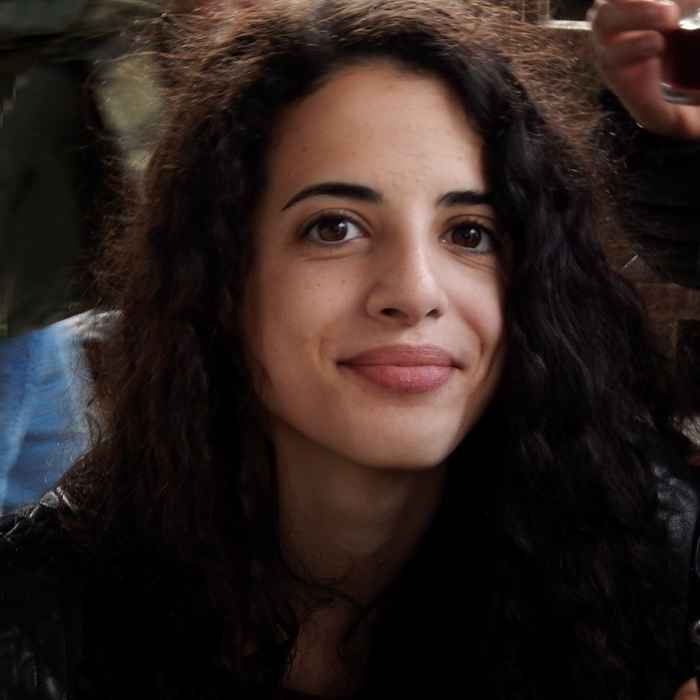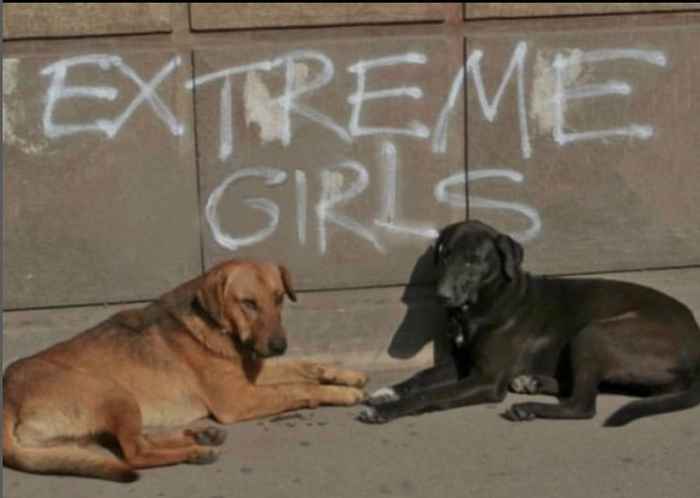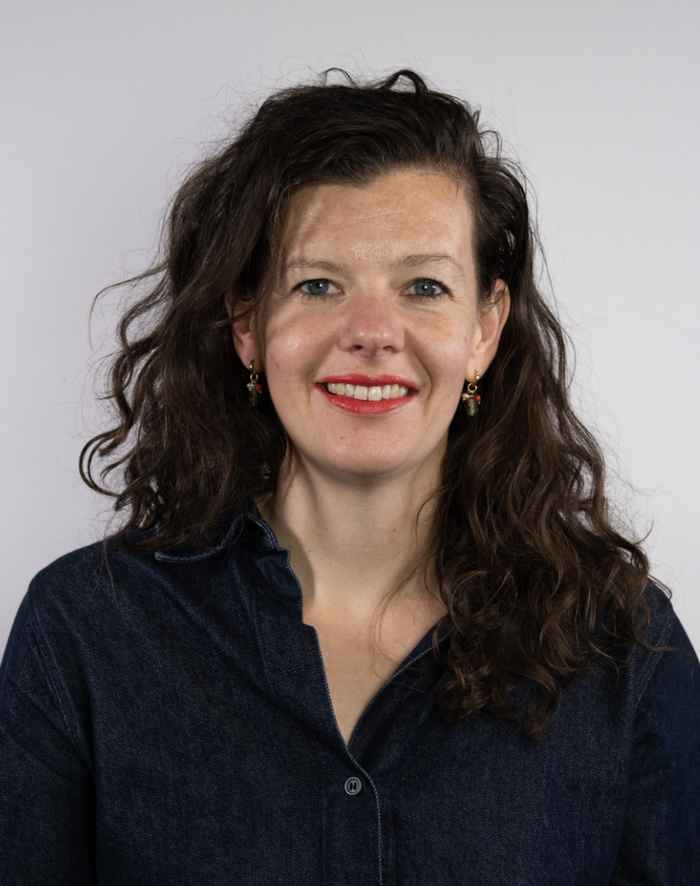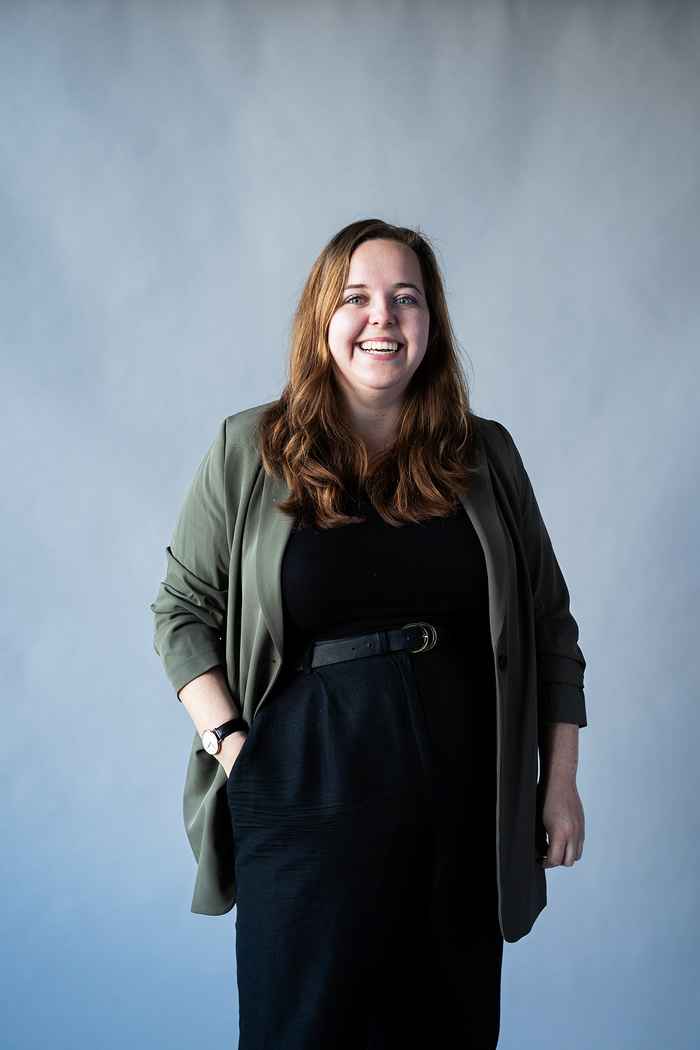Brainwave #2: From white walls to experiental spaces
Space as storyteller
- Date
- 24 April 2025
- Time
- 16:30 -18:30
- Location
- BG 3
- Room
- VOX-POP (BG3)
Through a dynamic panel talk and a hands-on creative workshop, we will examine alternative curatorial and exhibition design strategies that engage audiences both critically and sensorially.
Panel Talk
Curators, artists and exhibition makers will discuss how exhibition design can provoke thought, engage visitors and connect art to everyday life. Through playful, embodied and contextual approaches, these specialists rethink exhibition space and offer fresh insights.
Mariana Jurado Rico, artist and curator from art cooperative Espacio Estamos Bien will introduce us to an unconventional art gallery setting – FLUSH a radical art space housed in the toilets of W139.
Flora van Gaalen, Head of Programming at Nieuwe Instituut, will will share how museum exhibitions can maintain an engaging and experimental edge.
Rosemarie van der Tol will take us into the world of immersive exhibition design, offering insights into working at Kossmanndejong, a leading design studio specializing in exhibitions.
Workshop: Moodboard & Creative Collage
In this hands-on workshop, we’ll tap into our inner designers. Using collage techniques, participants will create a moodboard inspired by one or more artworks, capturing the atmosphere they envision for the space housing them. Moodboarding serves as a valuable tool to structure creative ideas and inspirations when designing exhibition environments or any design project in general.

Zoi Psimmenou is an architect from Athens, Greece with a deep passion for the sociopolitical meanings embedded in architecture and design. After working as an architect for three years, she recently completed UvA’s Museum Studies (Heritage Studies) MA program, merging her love for art and culture with exhibition curation and design. Her research explores how the intersection of curation with space can create meaningful, critical cultural experiences. She wants to curate exhibitions that move audiences through compelling narratives and sensory spatial designs.

Espacio Estamos Bien is an art cooperative and nomadic project space based in Amsterdam, that facilitates gatherings, publications, exhibitions, workshops and other formats. EEB started by plotting around the idea of a new space in Amsterdam–not necessarily a physical one– that could provide an affectionate and supportive context. Espacio Estamos Bien serves as a haven, enjoy, and collectively contemplate alternative approaches. We recognize the need to stick together and support one another in order to navigate this unsustainable reality. We firmly believe in initiating projects that embody love, cooperation, and mutual support, as these values are essential for our survival. A space that is always changing, always moving, but always available. EEB is an initiator of conversations and facilitator of situations. Currently we are collaborating with W139 with a project space in their toilet called FLUSH.

Flora van Gaalen works as Head of Programmes at Nieuwe Instituut, the Netherlands museum and institute for architecture, design and digital culture. She is responsible for the curatorial team that makes exhibitions and programmes as well as the production and hospitality teams. Pushing the institutes agenda to support design that strives for more socially and ecologically just futures, she focuses on bringing different voices and disciplines together and, by doing so, explores what it means to be a cultural testing ground. She started the Thursday Night Live! Public programme in 2016 and worked on exhibitions like Neuhaus (2019), The Hoodie (2020), MVRDVHNI Het Podium (2022), Submerged Heritage (2023-2025) and Garden Futures (2024/2025). Prior to Nieuwe Instituut she worked at Premsela, Institute for Design and Fashion and ARCAM, Architecture Centre Amsterdam. She is trained at University of Amsterdam, MA Contemporary History and BA Business Studies.

Rosemarie van der Tol is a content developer at exhibition design studio Kossmanndejong, with a background in public history and museum education. She is lead content developer on the new Haus der Geschichte in Bonn
(2025) and the National Military Museum in Soesterberg (2028). To Rosemarie, crafting a narrative is like a puzzle: what parts can you use and what will the big picture look like?
